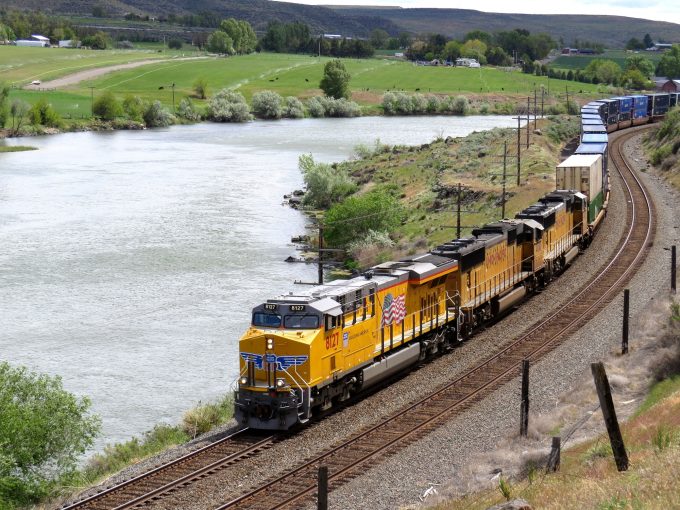Norfolk Southern adds independent director to board 'via cooperation agreement' with activist Ancora
PRESS RELEASE Norfolk Southern to add new independent director to board via cooperation agreement with shareholder ...

One minute before midnight on Sunday, Class I rail operator Union Pacific (UP) slammed on the brakes and halted intermodal services from west coast ports to its Global IV terminal near Chicago.
The embargo affects the ports of Long Beach, Los Angeles, Oakland and Tacoma and will last up to seven days.
UP is moving containers out of ports that were booked before the embargo, but is not confirming new reservations for the time being.
The measure aims to reduce the chronic congestion ...
Volcanic disruption at Anchorage could hit transpacific airfreight operations
Macron calls for ‘suspension’ – CMA CGM's $20bn US investment in doubt
Forwarders stay cool as US 'liberation day' tariffs threaten 'global trade war'
Shippers snap up airfreight capacity to US ahead of tariff deadline
De minimis exemption on shipments from China to the US will end in May
Tighter EU import requirements proving 'a challenge' for forwarders
Looming Trump tariffs will create 'a bureaucratic monster' for Customs

Comment on this article